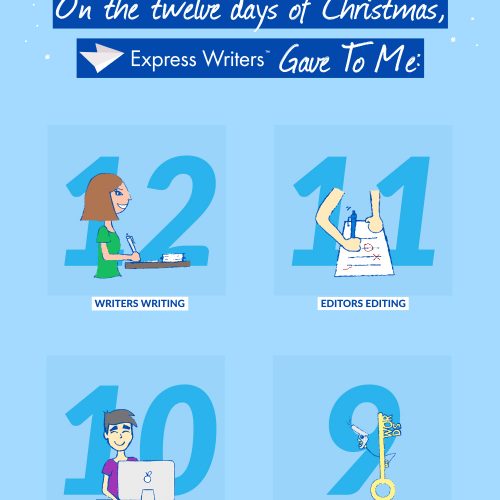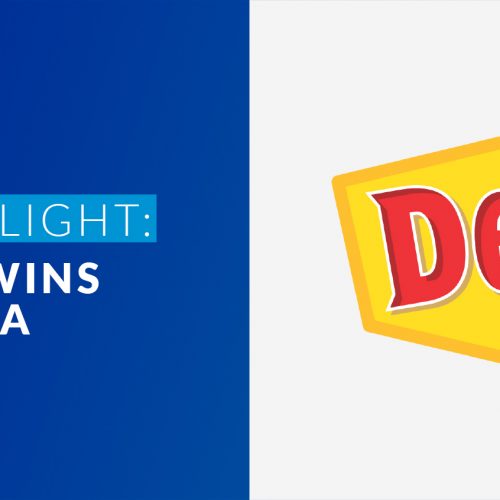
12 Days of Christmas (Lyrics) On the twelve days of Christmas, Express Writers gave to me: 12 writers...

12 Days of Christmas (Lyrics) On the twelve days of Christmas, Express Writers gave to me: 12 writers...

We need to talk about Denny’s. I’m from New York City. Born here, raised here, still here, and...

Krystal is a Social Media Expert at Express Writers. REALITY CHECK! It’s 2016. If you have a pulse,...

As a social media account manager, I have a lot of tools at my disposal. I organize all...

Ever wanted to learn how to become a social media manager, or what it’s like being one? Krystal,...
No HR needed to get access to the best writers, editors, QAs, and strategists. We are your all-in-one content writing service delivering publish-ready content.
Copyright – 2025 Express Writers -All rights reserved